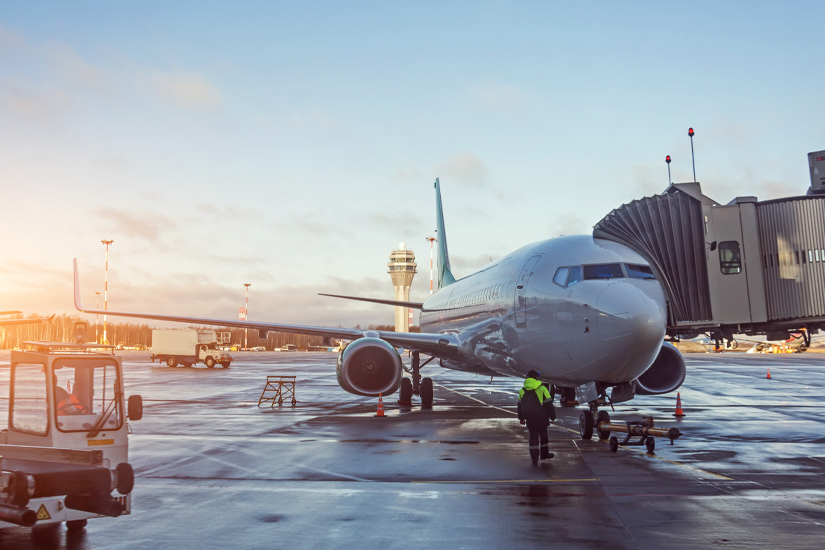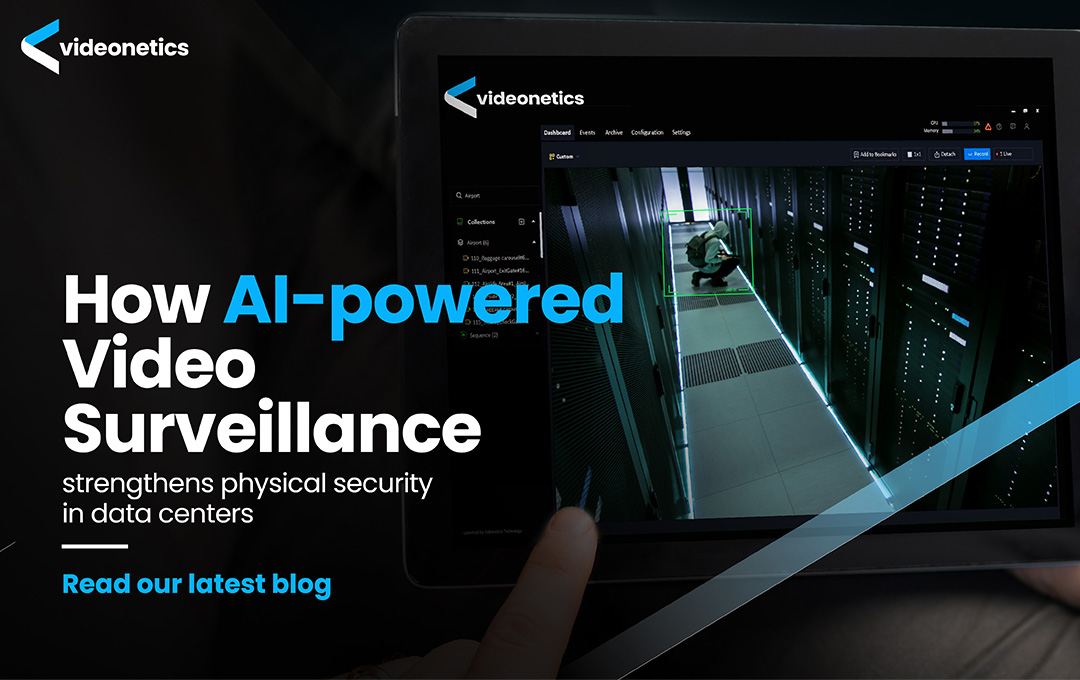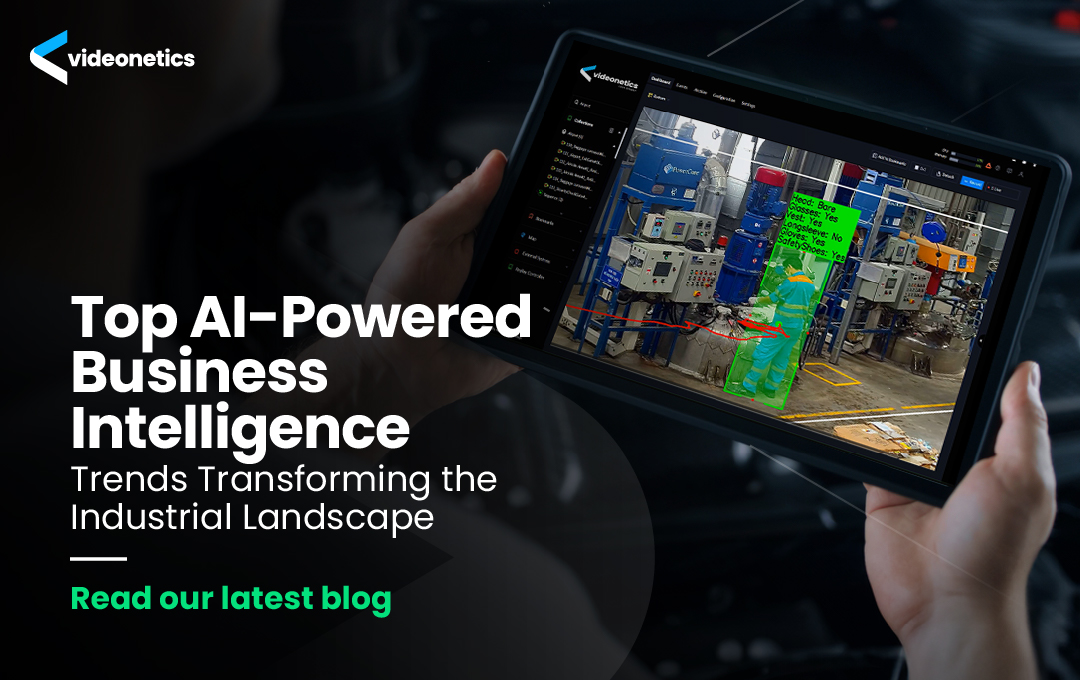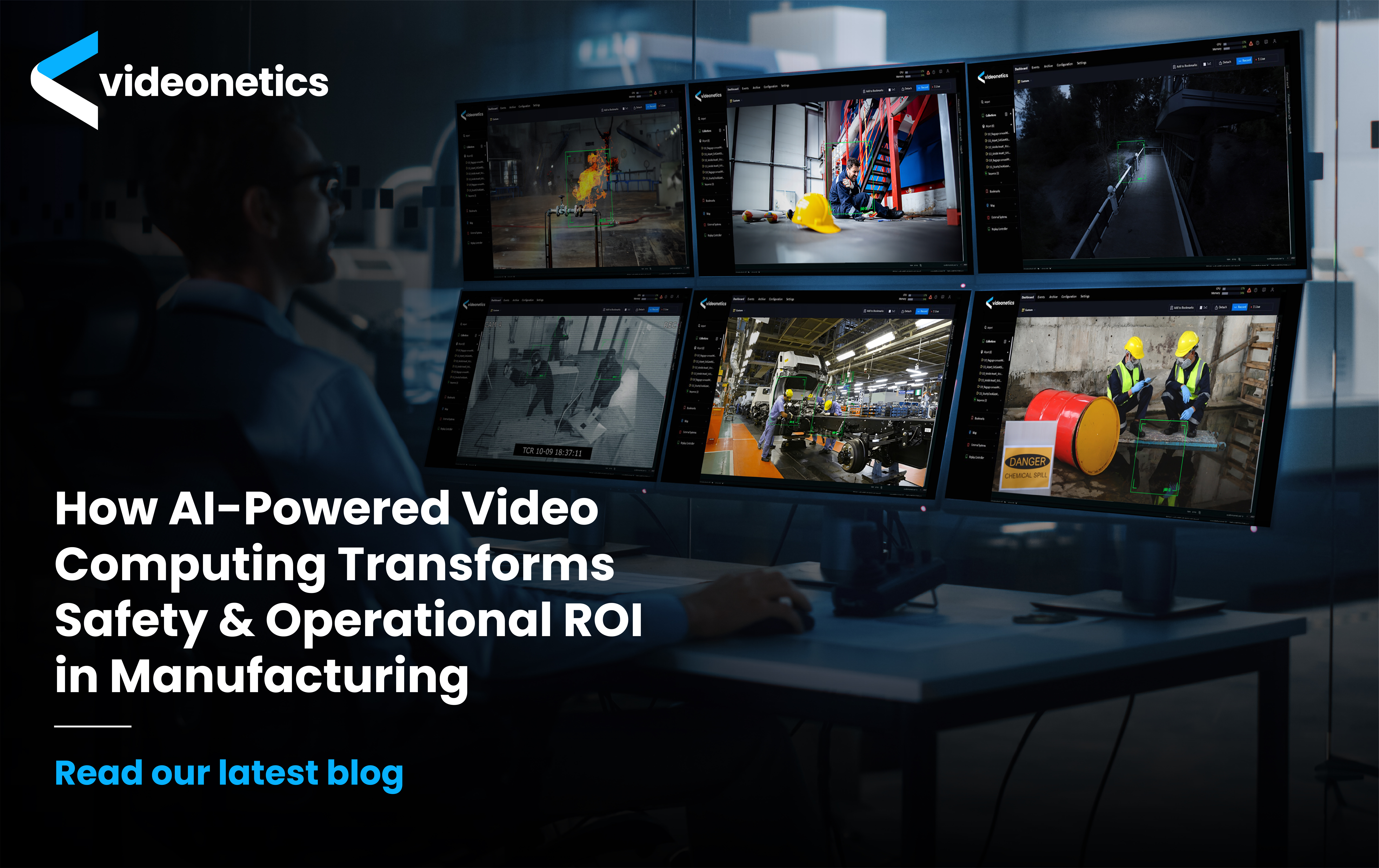Building a Future-Ready Airport System with Smart AI-Powered Solutions
, Technology
One of the most pressing issues facing the design and operations of airports today is that of airport security.
While the popular understanding is that most users of commercial service airports are subjected to security infrastructure, policies, and procedures within the terminal area only; in the past three decades airport security concerns have expanded to all areas and all the users of an airport.
So much so, that security is today the foremost part of any airport project.
Still, from a security planning perspective, there are specific areas of the airport that are subject to various security measures & procedures and could be referred to as ‘priority areas. These areas include air operations areas (AOA), secure areas, sterile areas, SIDA (Security Identification Display Area), and exclusive areas.
As aviation has grown and more and more people get access to flying, government agencies have developed many regulations, standards, and guidelines related to safety. These are covered in numerous documents for airfield, terminal, and ground access planning and design.
Security – Why does it matter? Why are airports especially vulnerable?
Security is now a pervasive element of business and social life, and nowhere it is more visible than at modern airports. For modern aviation professionals and governments around the world, achieving security while leaving the liberty and convenience of the consumers undisturbed, continues to be one of the key challenges.
This makes aviation security unique and atypical. And that is why, to constantly counter emerging threats aviation surveillance is constantly experimenting with new ways of security management, surveillance techniques, situational awareness, intelligence gathering, and adoption of new technologies, (like AI & ML), processes and products.
The playing field of Airport Security
Most airports, (and above all a commercial service airport) have the following areas, that need to be securitized.
Air operations area (AOA) is the primary portion of the airport where most security measures are carried out. It includes aircraft movement and parking areas, loading ramps, safety areas for aircraft use, and adjacent areas, such as general aviation.
Secure Area is an area where aircraft load and unload passengers, baggage, cargo, etc.
Sterile area is the part of the airport terminal to which passengers have gained access through screening and security. In the past, visitors were permitted in this area at some airports, but today only ticketed passengers are allowed.
Security identification display area (SIDA) includes the secure area and possibly other areas of the airports. All people in this area must display proper identification or be accompanied by an authorized escort.
Exclusive area includes aircraft storage and maintenance hangers, air cargo facilities, and fixed-base operators (FBOs) serving general aviation and charter aircraft.
Apart from the above areas that do not fall under the above definitions are considered public areas and though these are not directly subjected to security regulations concerning restricted access, they are also of vital importance for a holistic security design of an airport. These areas would include portions of the airport terminal lobbies, automobile parking areas, and curb frontage.Aviation Security and Artificial Intelligence – The most perfect use case
According to Poole, Mackworth, and Goebel, - the field of AI aims to “design, build, and experiment with computational systems that perform tasks commonly viewed as intelligent”. ML is a sub-domain of AI in which intelligence is not explicitly programmed in the algorithms but is automatically learned using data. The basic idea behind ML is a software’s ability to “program itself” through the extraction of statistical relationships from vast data sets. AI and ML have existed for decades but only recently have enjoyed such significant advances that AI and ML are now conflated as equivalent concepts.
Read our blog on Artificial Intelligence & Machine learning for further Insights.
Within aviation, AI and ML applications have been moving into an increasing number of aspects to improve performance, efficiency, and safety. Over the past decade, the aviation sector has undergone a fundamental shift in its approach to safety. And it is here, that Artificial Intelligence and Machine Learning have facilitated the emergence of pragmatic approaches to safety issues and consumer experience management. Besides, Artificial Intelligence applications make the current aviation security infrastructure incorporate an assortment of programmed control frameworks guiding crowd management, airport administration, and unauthorized access.
Today, airports can achieve a balance between identified and unassessed risks and subsequent mitigation strategies. For the customers, it has improved aviation experience and security.
In fact, it could be argued that AI and ML are now critical to ensure that aviation remains the safest mode of transportation even as it continues to accommodate the significant growth in air travel.
Airport Security – A Videonetics View
For years Videonetics has been working with partners in the aviation industry and preparing them for AI. Our vision is that the AI-enabled airports of the future will foster an environment where AI systems and humans will work collectively, to tackle aviation’s trickiest, thorniest issues. Videonetics today is at the forefront of deploying AI and ML technologies in aviation providing our clients with Artificial Intelligence and Machine Learning based surveillance platforms. Our solutions enable aviation personnel to see airport operations in real-time (and act in real-time) to issues ranging from-monitoring passenger movement & flow, ground vehicle movements, tress-passing in restricted areas, baggage handling, detecting unattended objects, monitoring air side operations for safety, security & compliance, and other critical operations.
Though each airport and airport terminal is unique. There are five broad components to modern aviation security - perimeter security, passenger safety & security, baggage handling, employee identification, and controlled access. Videonetics with Its AI-powered platform of services and IPs offers solutions across these components.
Perimeter Security - Traditionally, perimeter fencing, controlled access gates, area lighting, patrolling of the secured area, and a video surveillance system, have been the most common methods for securing the airport’s perimeter. With the advent of Integration of all or some of these systems, alarm monitoring, verification, and response efficiencies have largely addressed the most critical security concern of any airport.
Videonetics solutions in the perimeter intrusion detection and perimeter access areas have incorporated artificial intelligence that uses advanced signal recognition and objects classification approach to avoid the nuisance alarms which have been the bane of traditional airport perimeter intrusion detection systems. This is a huge jump in terms of efficiency as now alarms happen only when there is an actual intrusion and not because of lightning or wind etc. This has been made possible by our superior algorithm of object classification.
Restricted Access Area Monitoring - Access control is a core part of airport security operations. Almost all the areas of an airport can be classified as ‘sensitive’ – from boarding gates to air traffic control towers to hangars. While on one hand, the need is to efficiently let employees, service providers, and multiple commercial vendors have access to certain areas of the airport at certain times and that passenger flow goes smoothly and seamlessly, on the other hand, the need is to prevent an untoward activity.
Videonetics AI-powered video management software, when Integrated with the access control system, can help operators monitor all the access points through video streams and get a visual representation in case of unauthorized access.
Passenger Safety & Security: Slip and fall accidents are among the most common causes of airport injuries. The reasons could be many, like poorly maintained flooring, spilled liquids, or carelessness. Videonetics’ Aviation focused security solutions can help officials detect any unwanted mishap with passengers or staff. For example, if someone slips and falls, or if there is a man down, the system can trigger an alarm.
Objects such as suitcases and bags unattended in some areas and not moved for a time period can be detected and notified. With the help of Videonetics' AI-powered forensic Investigation feature, it is even possible to trace back to the person who has left the baggage lingering.
Crowd Management - Our software’s ability to analyze live video data – from passenger flows, wait times, processing time, occupancies & asset utilization enables operations personnel to monitor the movement of passengers and measure their speed and direction of movement in real time. Passenger flow analysis and queue time measurements can be used to improve checkpoint efficiency. Detecting crowd formation within the terminal areas is also key to having situational awareness from the perspective of an unwanted Incident.
Read our blog on crowd management for further insights.
Retail and Food-Court Areas- Airport retail and shopping are areas of significant economic activity. Experts estimate that around 40% of global airport revenues are derived from non-aeronautical revenue streams -expected to go to 60%. Videonetics AI technology can help reduce wait times in queues and therefore increase customer experience. Our AI-powered solutions can monitor and analyze shopper movement path tracking through airport facilities, assess crowd patterns, and estimate waiting times to optimize queue and crowd management.
The data generated on consumer movements and behavior, heatmaps, and footfall count- can also be used to create a personalized approach, for example, First Class Travelers.
Facial Recognition - Videonetics AI-powered technology has the capability to make the process of passenger identification quick and easy for airport officials. Suspect tracking features of the software empower the officials to track down any suspicious individual anywhere within the complex. Our facial recognition software (FRS)- MeraFace has been trained on humongous data sets of 100 million+ faces with massive attribute search capability such as - attire (Shirt, Pant, Skirt, Gowns, Niqab, turbans, masks, eyewear), appearance, facial biometrics, etc. When linked with a database of known miscreants, the software can alert authorities the moment an individual is captured by any of the cameras at the airport.
Vehicular movement in city- side operations is also crucial for detecting a potential threat, while also helping officials manage parking facilities. With advanced automatic number plate recognition (ANPR), authorities can be alerted if a hot-listed vehicle is approaching the airport, if a vehicle is over speeding, or if a vehicle is parked in the drop zone beyond the permitted time.
Apron & Taxiway – Optimizing on-ground handling and performance is a key area for airports. The delays here cost the airport & airlines very dearly. For example, if the ground staff Is wearing the required safety gear, if there is any fluid spillage detected, if other ground vehicles are parked in wrong locations or are over speeding if there is a fire & smoke detection, the operators must get an alert, and the system needs to generate a prompt in real-time.
Videonetics solutions generate insights from video streams and integrate operational data to optimize apron operations in real-time, by detecting anomalies and raising alarms. As the system is ever-self-learning, the accuracy of detection Improves with time and available data sets.
Optimizing situational awareness – A high-quality security program is characterized by its ability to situational awareness of what’s taking place across the tarmac, airfield, and beyond to understand what’s happening, where and by whom; or simply having a proactive understanding of what could happen.
An average airport is a very complex environment- with scores of passengers and baggage passing through terminals every moment. Congestion detection is the key. Airport security must ensure the safety of passengers and staff within this complex environment. With multiple terminals, parking areas, huge perimeters, and multiple entry/exit points, it is humanly challenging to keep an eye on the entire facility and conduct efficient operations. What is needed is a proactive security apparatus and not just a passive network of cameras.
Videonetics AI-powered solutions help to address these issues by providing real-time information and alerting to security threats.
Conclusion
On one level airports are an incredibly complex system and on the other, they are the very embodiment of the progress of human thought and 21st-century living. Security is nested right at the center of aviation’s design, engineering, and customer experience.
Videonetics with its years of research in camera vision & science, AI, and ML are well-positioned to deliver on all the aspects of airport security and the effortless joy of flying!





Post a comment
Your email address will not be published.